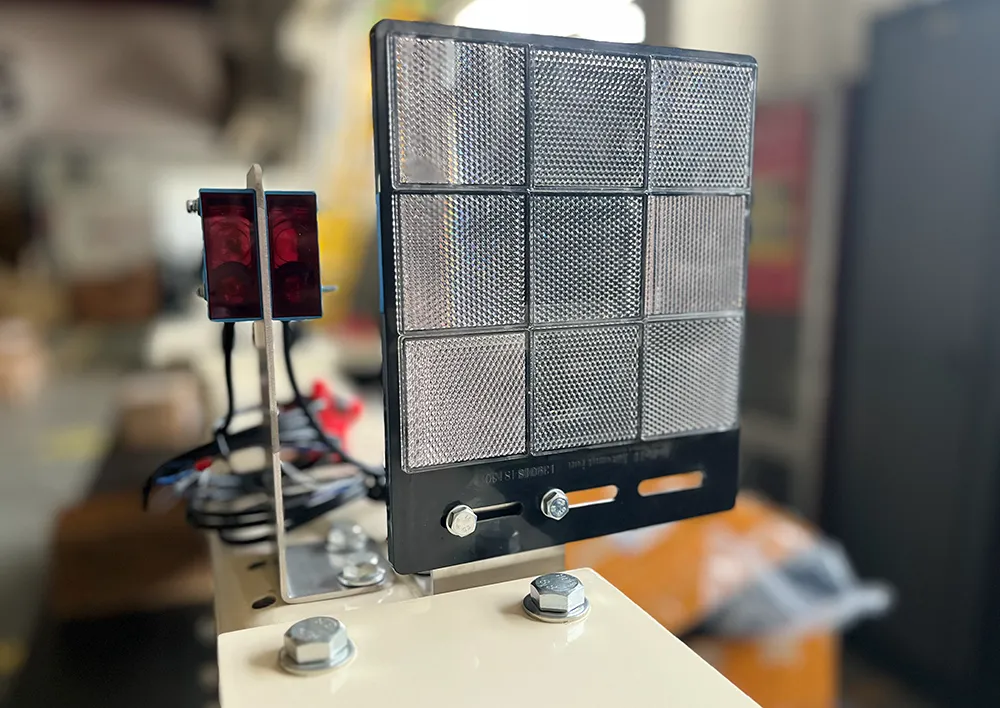
Crashing an overhead crane and hoist system into another overhead lifting device, facility structure, machinery, or people is something every operation wants to avoid. While operator training, experience, and awareness of surroundings certainly go a long way toward preventing a collision, there are also optional devices that can help. Here’s how collision avoidance systems make overhead lifting safer.
What Are Collision Avoidance Systems?
Collision avoidance systems are optional devices added to overhead cranes. They monitor the location of each crane on a runway. The devices keep the cranes separated to ensure that they do not collide with one another. They also prevent collisions with end stops or other facility structures, equipment, machinery, or people. Without such devices, manually or automatically operated cranes and hoists can travel outside of their normal working areas.
Ideal applications for collision avoidance systems include:
Runways shared by two or more cranes.
Two or more hoists attached to a single crane.
End-of-runway to trigger slowdowns and stopping.
Collision Avoidance Systems
How Do Collision Avoidance Systems Work?
Collision avoidance systems utilize onboard safety devices to detect and prevent an accident. These can include laser-based sensors used in ambient conditions. In harsh or special applications, infrared or ultrasonic sonic sensor devices provide collision detection. The sensors monitor the position, movement, and proximity of loads, equipment, and personnel in the lifting area.
The systems detect potential collisions or unsafe conditions in real-time. Through continuous monitoring of the working environment, the system utilizes intelligent algorithms to determine the risk of collision. Upon detection of a potential collision, the system trigger warnings and alerts to crane operators, ground personnel, or nearby workers. Warnings may include visual indicators, audible alarms, or remote notifications through mobile devices or control room screens.
More advanced systems automatically stop or adjust the crane’s operation when a collision risk is imminent. Some systems can also provide autonomous or semi-autonomous control to avoid collisions.
Improve Overhead Crane Safety and Productivity with Other Technologies
In addition to collision avoidance systems, there are multiple other optional features available to enhance both safety and productivity in overhead lifting.

